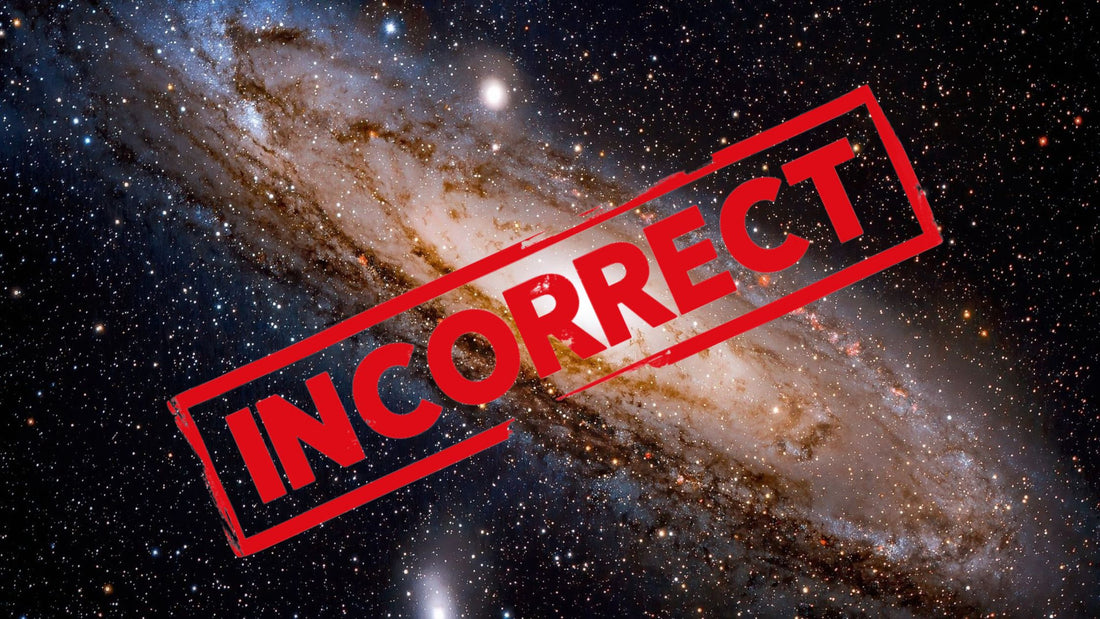
We’re Wrong About Milky Way’s Shape
Share
Our understanding of the Milky Way, our very own galaxy, has been reshaped by recent measurements that suggest it may possess a different shape than previously believed. Astronomers have long classified galaxies into three primary shapes: elliptical, irregular, and spiral. However, a closer examination of spiral galaxies has revealed a consistent pattern of two prominent arms that branch out into smaller arms. This revelation has brought the unique nature of the Milky Way's four major spiral arms into focus, raising intriguing questions about its distinct properties.
Reevaluating the Milky Way's Shape

NGC 1300, a barred spiral galaxy with two arms, photographed by the Hubble Space Telescope. (Image credit: NASA, ESA, and The Hubble Heritage Team STScI/AURA)
Contrary to the traditional portrayal of the Milky Way, featuring four spiral arms emanating from a central bulge of stars, astronomers have proposed a new model based on precise measurements of young celestial objects. This model suggests that our galaxy has a two-arm symmetry, with the Norma and Perseus Arms serving as the inner symmetric arms. These arms extend from the inner galaxy to the outer regions, where they divide and connect to the Centaurus and Sagittarius Arms, respectively.
The Outskirts and the Fragmented Irregular Arms
Beyond the central bulge of the Milky Way, astronomers have discovered distant and fragmented irregular arms that lack a connection to the galaxy's majority of stars. These irregular arms may have been formed as a result of past collisions between the Milky Way and other galaxies or even galactic clusters. These collisions likely led to the fragmentation of the spiral arms, offering valuable insights into the galaxy's ancient history.
Implications for Galactic Structure Studies
The newfound understanding of the Milky Way's shape has significant implications for future studies of galactic structures. By challenging the conventional portrayal, this alternative model prompts scientists to reevaluate their approach to studying and understanding the galaxy. Further observations of nearby radio sources, coupled with the use of multiple telescopes to calculate their distances from Earth, are expected to unveil more details about the galaxy's structure. Additionally, improved data from the Gaia spacecraft, which has been observing the universe since its launch in 2013 and will continue until 2025, promises to shed more light on this captivating cosmic puzzle.
In Closing
Thanks to recent measurements and observations, we are now aware that the shape of our Milky Way is more intricate and enigmatic than previously imagined. The discovery of a two-arm symmetry, along with the existence of distant and fragmented irregular arms, challenges our existing knowledge and urges astronomers to explore new avenues of research. As we embark on this exciting journey, we eagerly await further revelations from ongoing observations and the continued efforts of space exploration missions. The mystery of the Milky Way's shape continues to captivate our curiosity, pushing the boundaries of our understanding of the vast cosmos.
You’ve come this far…
Why not venture a little further into A.S.S. - our exclusive Australian Space Society.
And keep thrusting Australia into the deep unknown…
#Space_Aus




